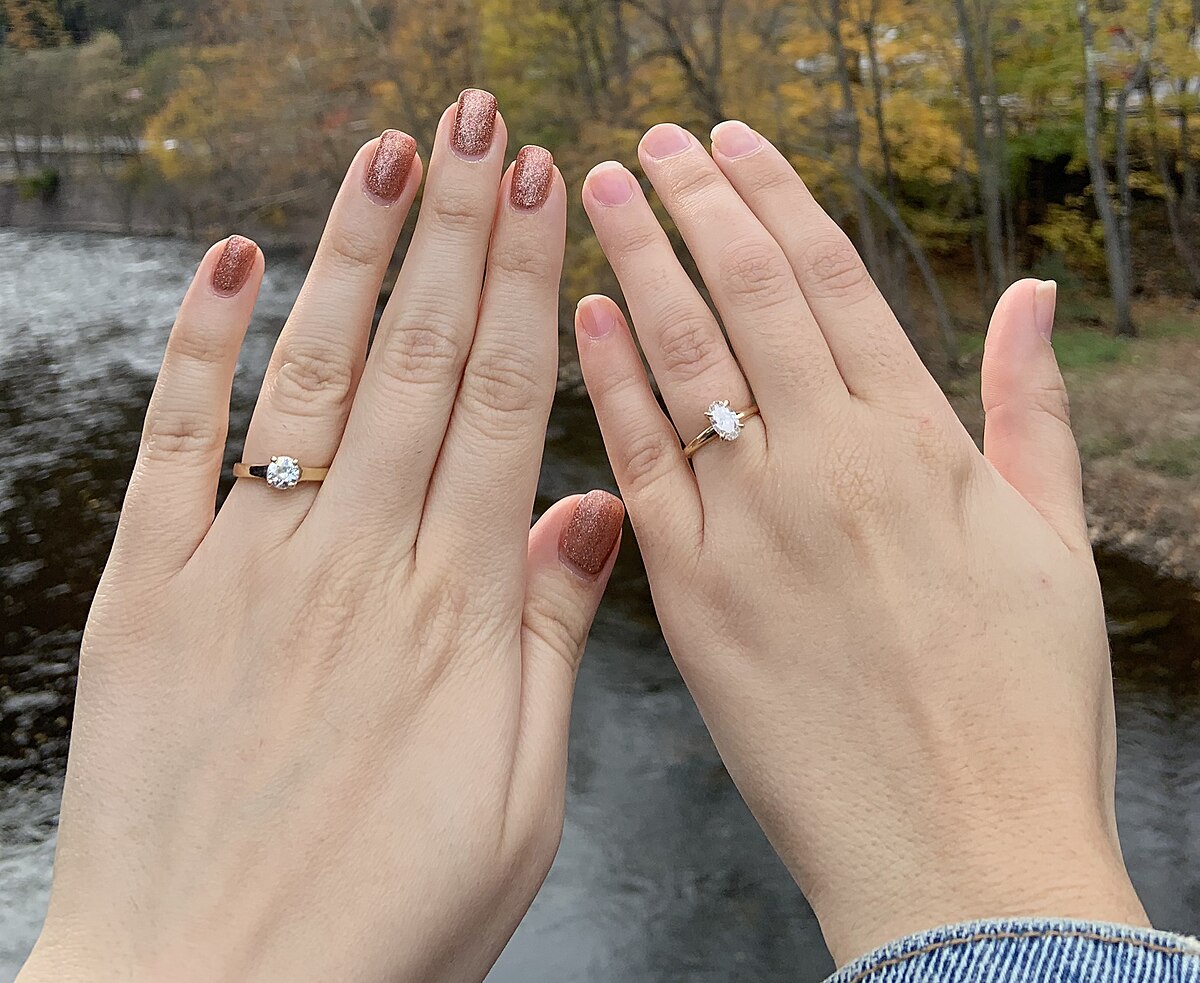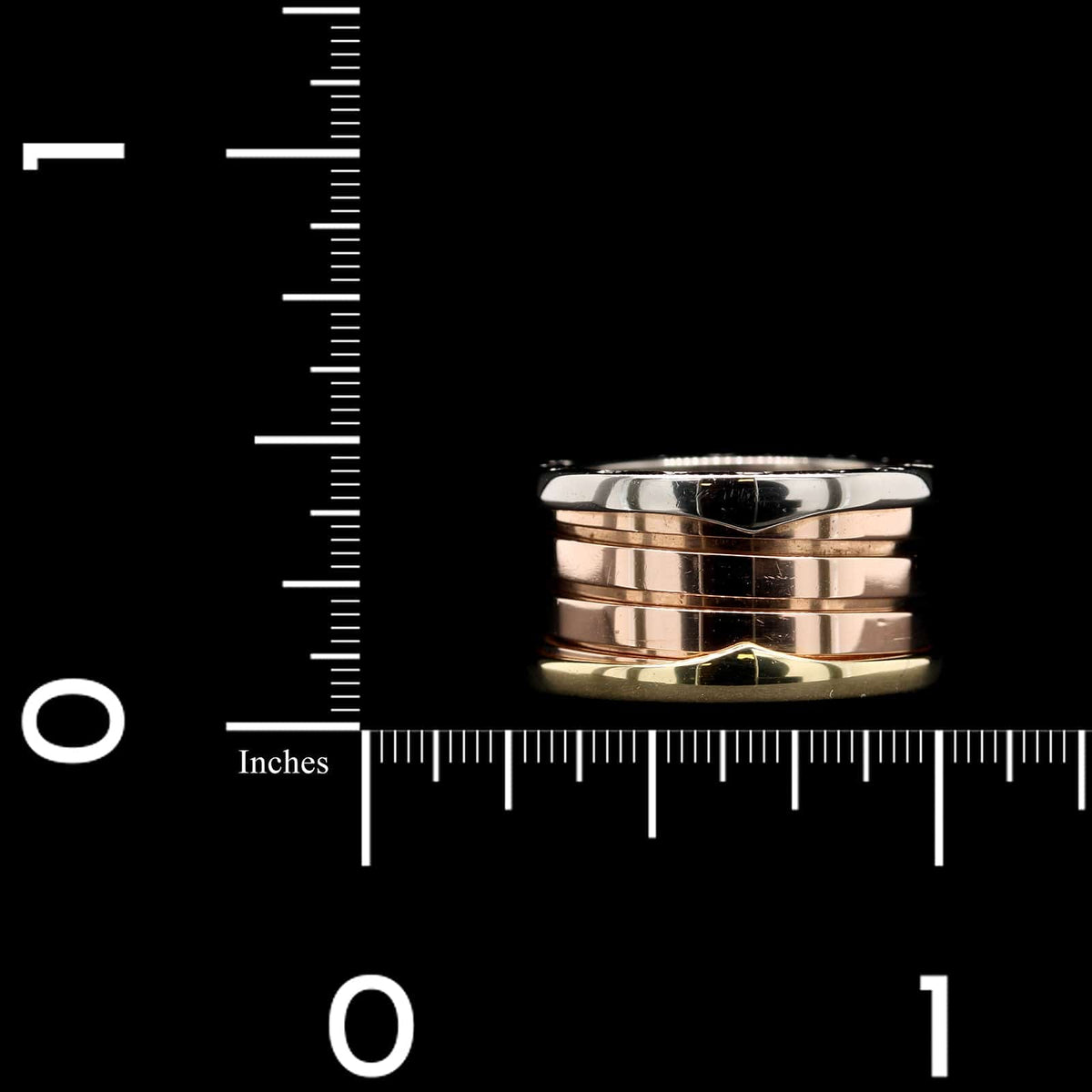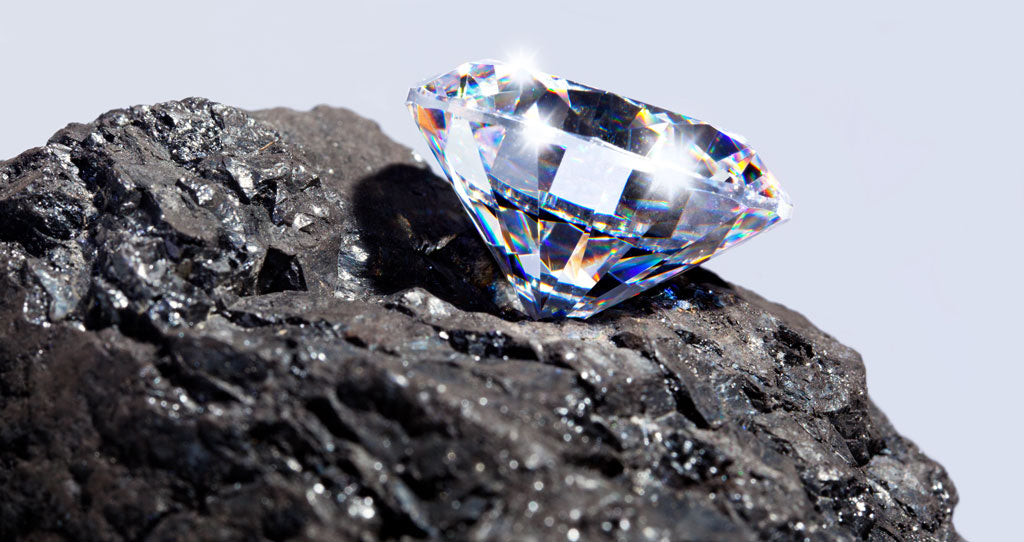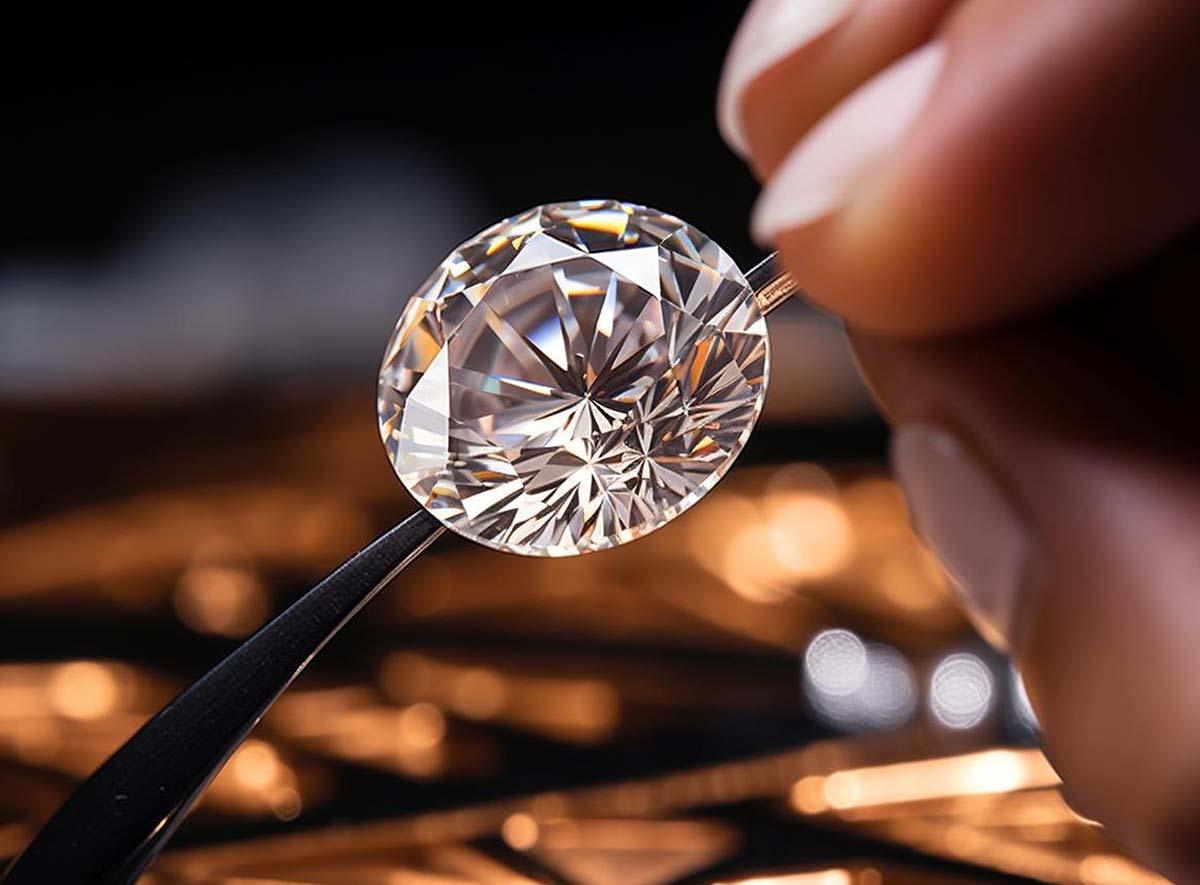Diamonds, whether lab grown or natural, have long fascinated humanity with their beauty and allure. In this article, we’ll delve into the distinctions between lab grown diamonds and real diamonds, exploring their formation, characteristics, environmental impact, cost, and more.
Formation Process
How Lab Grown Diamonds Are Created
Lab grown diamonds, also known as synthetic diamonds, are produced in controlled laboratory environments using advanced technology. These diamonds are grown using either High Pressure-High Temperature (HPHT) or Chemical Vapor Deposition (CVD) methods. In HPHT, carbon is subjected to high pressure and temperature, mimicking the natural conditions under which diamonds form. CVD involves the deposition of carbon atoms onto a substrate, forming diamond crystals layer by layer.
How Real Diamonds Are Formed Naturally
Real diamonds, on the other hand, are formed deep within the Earth’s mantle under intense pressure and high temperatures over millions of years. Carbon atoms are subjected to these conditions, crystallizing to form diamonds. These diamonds are then brought to the surface through volcanic eruptions or geological processes.
Quality and Purity
When it comes to quality and purity, both lab grown diamonds vs real diamonds offer exceptional brilliance and clarity. Lab grown diamonds are virtually indistinguishable from real diamonds to the naked eye. However, gemologists can differentiate between the two using specialized equipment to examine their crystal structures and impurities.
Physical Characteristics
Appearance of Lab Grown Diamonds
Lab grown diamonds exhibit the same optical and physical properties as natural diamonds. They possess the same hardness, refractive index, and dispersion, giving them the characteristic sparkle and fire that diamonds are renowned for.
Appearance of Real Diamonds
Real diamonds, having formed naturally, may exhibit slight variations in color, clarity, and size. These variations are part of what makes each natural diamond unique and are often prized by collectors and enthusiasts.
Environmental Impact
Sustainability of Lab Grown Diamonds
One of the key advantages of lab grown diamonds is their minimal environmental impact. Unlike mining for natural diamonds, which can result in habitat destruction, soil erosion, and pollution, lab grown diamonds require significantly fewer resources and do not contribute to environmental degradation.
Environmental Impact of Mining Real Diamonds
The mining of natural diamonds, particularly in ecologically sensitive areas, can have devastating consequences for the environment and local communities. Deforestation, water contamination, and displacement of indigenous populations are among the environmental and social issues associated with diamond mining.
Cost Comparison
Factors Influencing the Cost of Lab Grown Diamonds
The cost of lab grown diamonds is influenced by factors such as the complexity of the manufacturing process, demand, and technological advancements. While lab grown diamonds may initially be cheaper than their natural counterparts, prices can vary depending on the quality and size of the diamonds.
Factors Influencing the Cost of Real Diamonds
Real diamonds derive their value from factors such as rarity, size, color, and clarity. The cost of natural diamonds is also influenced by market demand, mining conditions, and geopolitical factors. High-quality natural diamonds can command premium prices due to their scarcity and unique characteristics.
Durability and Strength
Both lab grown and real diamonds are renowned for their durability and strength, making them ideal for use in jewelry. Diamonds rank as the hardest known natural material, scoring 10 on the Mohs scale of mineral hardness. This hardness ensures that diamonds are resistant to scratching and abrasion, making them suitable for everyday wear.
Certification and Verification
Certification Process for Lab Grown Diamonds
Lab created diamonds are rigorously graded and certified by reputable gemological laboratories. These certifications provide assurance to consumers regarding the quality, authenticity, and origin of the diamonds. Common grading criteria include the Four Cs: cut, color, clarity, and carat weight.
Certification Process for Real Diamonds
Similarly, real diamonds are graded and certified based on their quality and characteristics. Gemological institutes such as the Gemological Institute of America (GIA) and the International Gemological Institute (IGI) evaluate diamonds according to standardized criteria to determine their quality and value.
Market Trends
The market for lab grown diamonds has experienced significant growth in recent years, driven by increasing consumer awareness of ethical and environmental concerns. Millennials and younger generations, in particular, are gravitating towards lab grown diamonds due to their sustainability credentials and affordable pricing.
Ethical Considerations
Ethical Concerns Related to Mining Real Diamonds
The mining of natural diamonds has been associated with various ethical issues, including human rights abuses, child labor, and environmental degradation. Conflict diamonds, also known as blood diamonds, have fueled armed conflicts and civil wars in certain regions, leading to widespread suffering and instability.
Ethical Advantages of Lab Grown Diamonds
Lab grown diamonds offer an ethical alternative to mined diamonds, as they are produced without the social and environmental drawbacks of traditional mining. By choosing lab grown diamonds, consumers can support ethical and sustainable practices within the jewelry industry.
Cultural and Symbolic Significance
Traditional Significance of Real Diamonds
Real diamonds have long been prized for their rarity, beauty, and symbolic significance. Diamonds are often associated with love, commitment, and eternity, making them popular choices for engagement rings and special occasions.
Changing Perceptions and Symbolic Meanings
With the rise of lab grown diamonds, perceptions of diamonds and their symbolic meanings are evolving. While natural diamonds retain their allure and prestige, lab grown diamonds offer a modern and sustainable alternative that resonates with environmentally conscious consumers.
















 Greetings! I'm Richard Black, an accomplished and versatile freelance professional with a passion for delivering top-tier solutions to clients worldwide. With a diverse background and years of experience, I've honed my skills and am committed to helping individuals and businesses achieve their goals.
Greetings! I'm Richard Black, an accomplished and versatile freelance professional with a passion for delivering top-tier solutions to clients worldwide. With a diverse background and years of experience, I've honed my skills and am committed to helping individuals and businesses achieve their goals.



